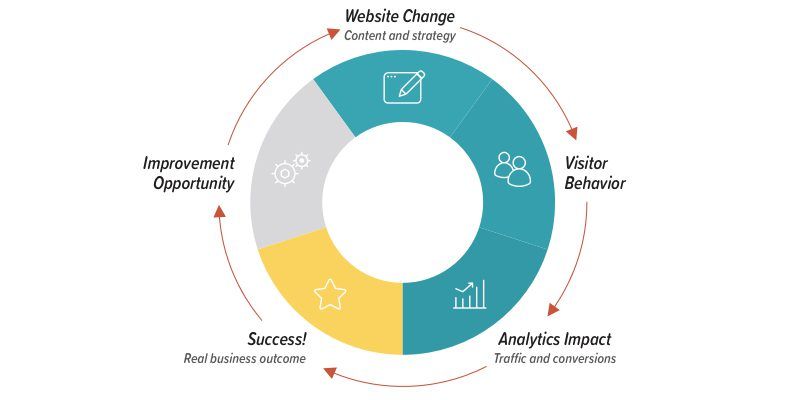
How to Optimize Your Website for Conversions
- 0
In today’s digital age, having a strong online presence is crucial for any business looking to succeed. Your website is often the first point of contact for potential customers, making it essential that it is optimized for conversions. Here are some tips and best practices to help you make the most out of your website and drive more conversions.
1. Clear Call-to-Actions
One of the most important elements of a high-converting website is having clear and prominent call-to-action buttons. These are the buttons that prompt visitors to take a specific action, such as signing up for a newsletter, downloading a whitepaper, or making a purchase. Make sure that your call-to-action buttons are visually striking, prominently placed on your website, and use compelling language to entice visitors to click.
2. Streamlined Navigation
A confusing or cluttered website can deter visitors from exploring further and ultimately converting. Make sure that your website has a clear and intuitive navigation menu that makes it easy for visitors to find what they are looking for. Use breadcrumbs, dropdown menus, and search bars to help users easily navigate your website and find the information they need.
3. Mobile Optimization
With more and more people browsing the web on their mobile devices, it’s essential that your website is optimized for mobile users. Make sure that your website is responsive and adapts seamlessly to different screen sizes. Test your website on various devices and browsers to ensure that the user experience is consistent and optimized for mobile users.
4. A/B Testing
A/B testing is a powerful tool that can help you optimize your website for conversions. By testing different elements of your website, such as headlines, images, and call-to-action buttons, you can identify what resonates with your audience and drives the most conversions. Use A/B testing tools like Google Optimize or Optimizely to test different variations of your website and continuously optimize for better results.
5. Compelling Content
High-quality and engaging content is key to keeping visitors on your website and ultimately converting. Make sure that your website has informative and relevant content that speaks to your target audience. Use clear and concise language, compelling visuals, and storytelling techniques to capture the attention of your visitors and encourage them to take action.
6. Page Load Speed
In today’s fast-paced world, no one has time to wait for a slow-loading website. Make sure that your website loads quickly and efficiently to provide visitors with a seamless browsing experience. Compress images, minify CSS and JavaScript files, and utilize content delivery networks (CDNs) to optimize your website’s speed and performance.
7. Social Proof and Testimonials
Social proof is a powerful tool that can help build trust and credibility with your website visitors. Display customer testimonials, case studies, and reviews on your website to showcase the positive experiences of previous customers. This social proof can help reassure visitors that your products or services are of high quality and encourage them to convert.
In conclusion, optimizing your website for conversions is a continuous process that requires attention to detail and a commitment to improving the user experience. By following the tips and best practices outlined in this article, you can create a high-converting website that drives results and helps you achieve your business goals.

